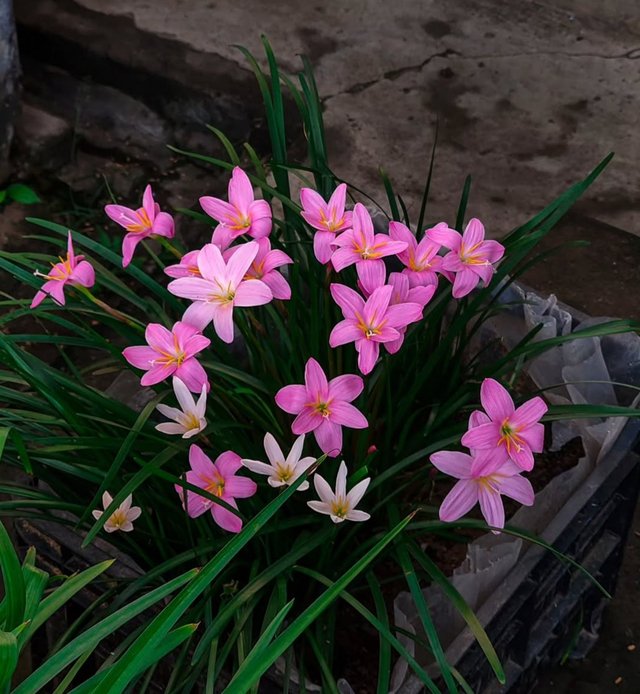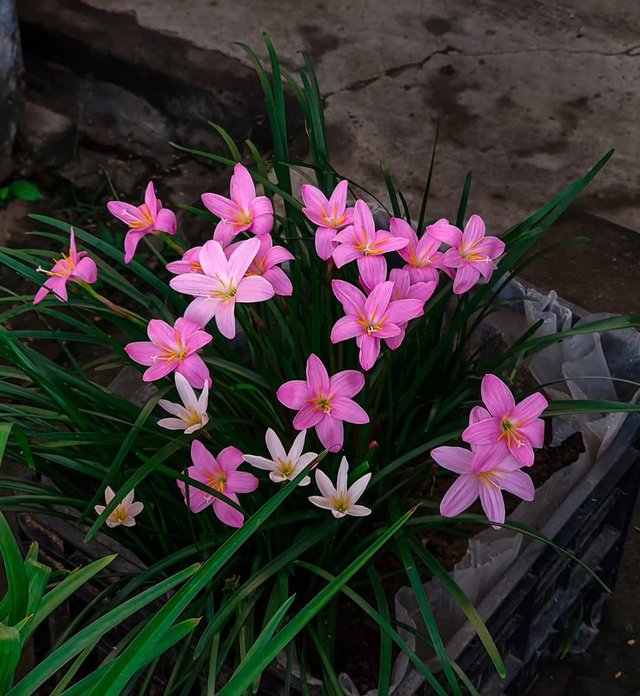So Cute Zephyranthes Minuta Flower
Zephyranthes minuta – The Delicate Rain Lily
Zephyranthes minuta, often referred to as one of the many species of Rain Lilies, is a charming flowering plant that belongs to the Amaryllidaceae family. Known for its delicate blooms that often appear after rainfall, this plant has captivated gardeners and plant enthusiasts with its subtle beauty, resilience, and ability to naturalize gracefully in various environments.
Botanical Profile
Scientific name: Zephyranthes minuta
Common name: Rain Lily
Family: Amaryllidaceae
Genus: Zephyranthes
Type: Perennial, bulbous herb
Like its relatives in the Zephyranthes genus, Z. minuta emerges from small underground bulbs and produces clusters of grass-like foliage. The flowers are usually funnel-shaped or star-like, with shades ranging from pink to lavender depending on growing conditions.
Appearance and Growth Habit
Zephyranthes minuta typically produces slender, green, strap-like leaves that grow in a tufted manner. The blooms are its main highlight: dainty, trumpet-shaped flowers with six pointed tepals that open widely during the day. Each flower may only last a few days, but the plant produces multiple buds that extend the blooming season, especially during rainy periods.
The plant usually remains dormant during dry spells and suddenly springs to life when watered by rainfall—hence the nickname “Rain Lily.” This unique cycle makes it a delightful surprise in gardens, as patches of green foliage can suddenly burst into color almost overnight.
Habitat and Distribution
Z. minuta is native to tropical and subtropical regions of the Americas, thriving in meadows, open fields, and lightly wooded areas. It prefers well-drained soils and often naturalizes in grassy lawns or garden beds. Like many rain lilies, it can tolerate periods of drought thanks to its bulbs, which store energy until favorable conditions return.
Cultivation and Care
Gardeners value Zephyranthes minuta not only for its beauty but also for its low-maintenance requirements.
Soil: Well-drained loamy or sandy soil is ideal.
Watering: Mimic natural rainfall patterns—occasional deep watering during the growing season, less during dormancy.




%20(8).jpeg)